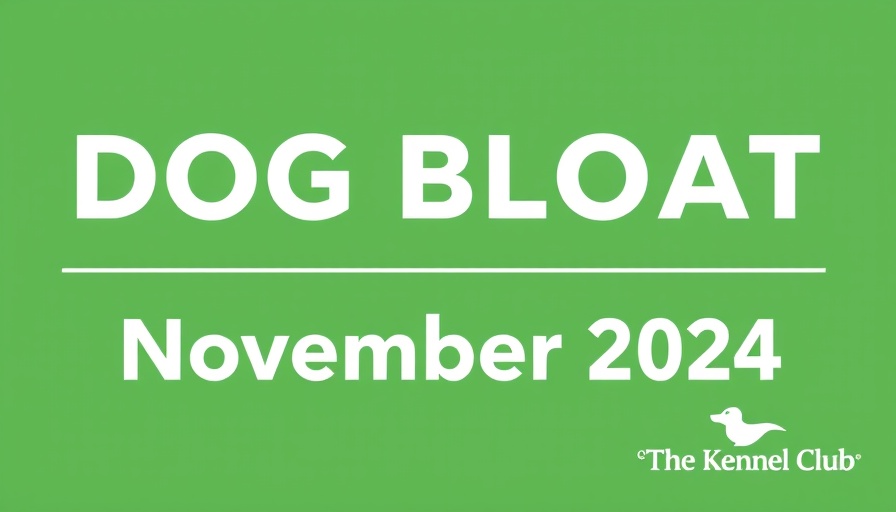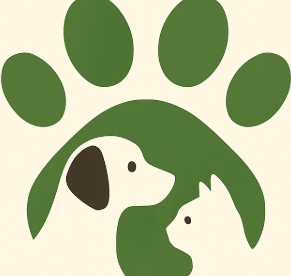
Understanding Bloat and GDV in Dogs
Bloat, medically known as gastric dilation, can occur in dogs when their stomach fills with gas, food, or fluid, leading to a potentially life-threatening condition known as Gastric Dilatation-Volvulus (GDV). This condition particularly affects larger breeds but can occur in any dog, regardless of size. As a pet owner, understanding the signs and risks associated with bloat is crucial for early intervention and treatment.
In the webinar 'Can we protect our dogs from Bloat and GDV?', key insights were shared about these potentially life-threatening conditions, prompting us to delve deeper into preventive care and awareness for dog owners.
The Anatomy of Bloat
When we discuss bloat, it's essential to differentiate between the two stages: simple bloat (gas accumulation) and torsion (where the stomach twists). Simple bloating often doesn't pose an immediate life threat as it can be managed, but if symptoms escalate to torsion, this becomes an emergency. The stomach's position changes during torsion, which disrupts blood flow and can result in severe complications.
Breed Predisposition and Risk Factors
Various breeds are predisposed to bloat, especially those with deep chests such as Great Danes and Boxers. Recognizing these predispositions allows proactive measures—like monitoring feeding patterns and exercise—to mitigate risk. Factors such as diet composition, feeding frequency, and even the use of elevated bowls have been discussed in relation to bloat; however, the connections can be complex and individualized.
Recognizing Early Signs
Owners must be vigilant in recognizing the early signs of bloat. Typically, dogs may exhibit behaviors such as restlessness, pacing, or attempting to retch without producing anything. These symptoms should be taken seriously, as early intervention can save a dog's life. If you notice these signs, prioritize getting your dog to a veterinarian rather than attempting at-home remedies.
Feeding and Exercise Guidelines
How you feed and exercise your dog can influence their risk of bloat. It’s advisable to avoid vigorous exercise right after meals and consider the type of food you provide. Some experts suggest feeding smaller, more frequent meals throughout the day instead of one large meal. Watching your dog during and after meals can also help prevent gulping, which is linked to the development of bloat.
The Importance of Veterinary Care
If your dog does show signs of bloat, time is of the essence. As discussed in the webinar, the faster treatment is initiated, the better the chances of recovery. Prompt veterinary attention can lead to quicker decompression of the stomach, potentially preventing the condition from worsening into a more serious situation.
Empowering Dog Owners
As a dog owner, understanding bloat and GDV can empower you to take preventive measures. Join informative webinars, read up-to-date literature, or consult professionals like pet behaviorists to equip yourself with the knowledge necessary for your pup's health and wellbeing.
If you're looking to learn more about this subject or if your dog has experienced bloat, consider contacting a veterinary professional or a pet behaviorist consultation. Their guidance can be invaluable in navigating not just dietary choices but also behavioral modifications to promote a healthier lifestyle for your furry friend.
 Add Row
Add Row  Add
Add 




 Add Row
Add Row  Add
Add 

Write A Comment